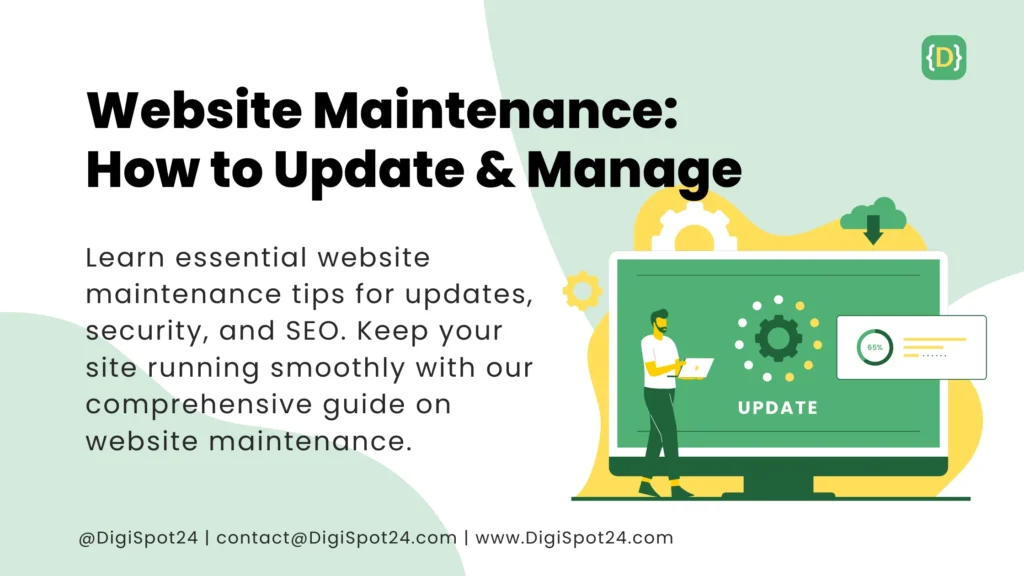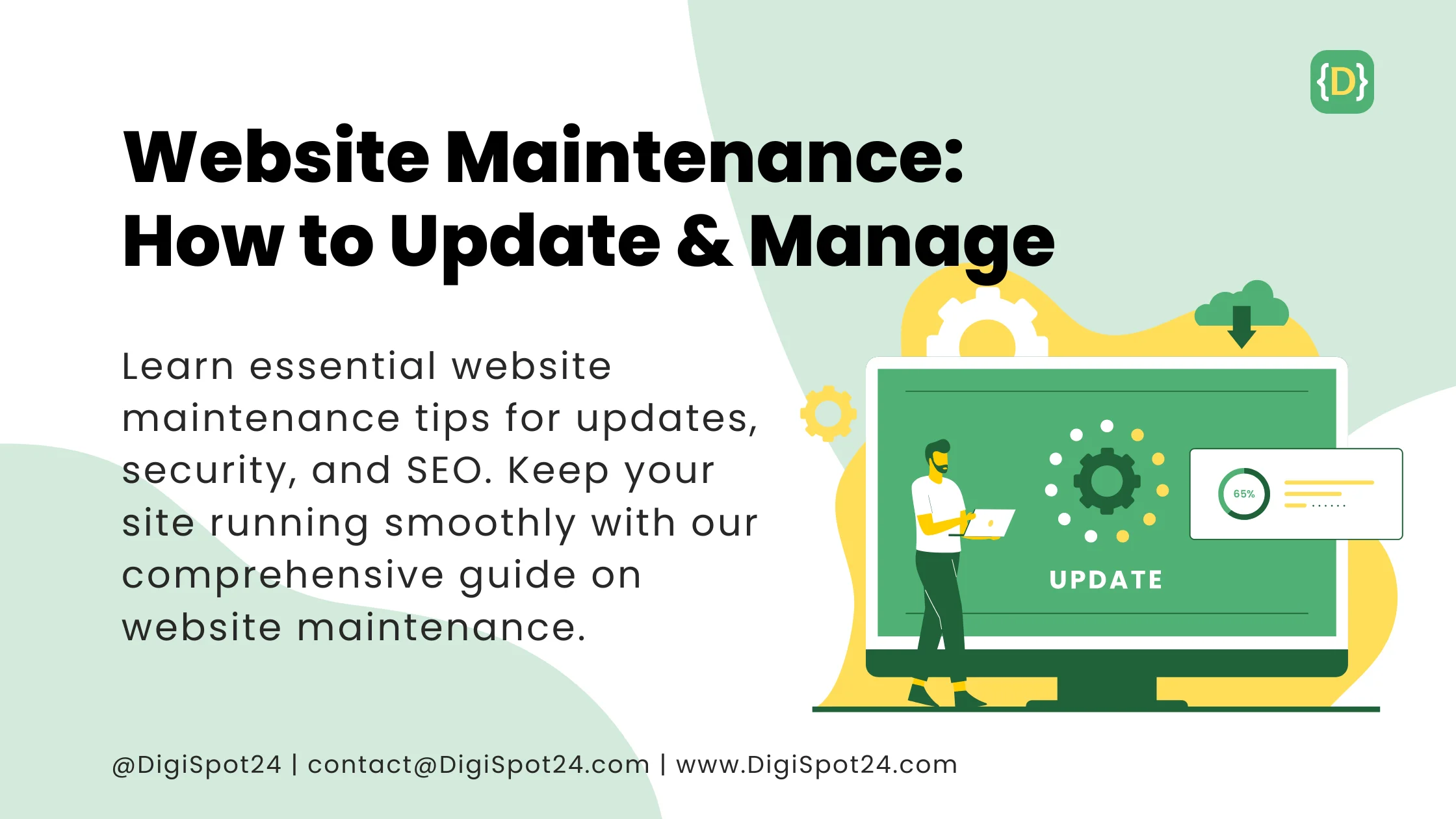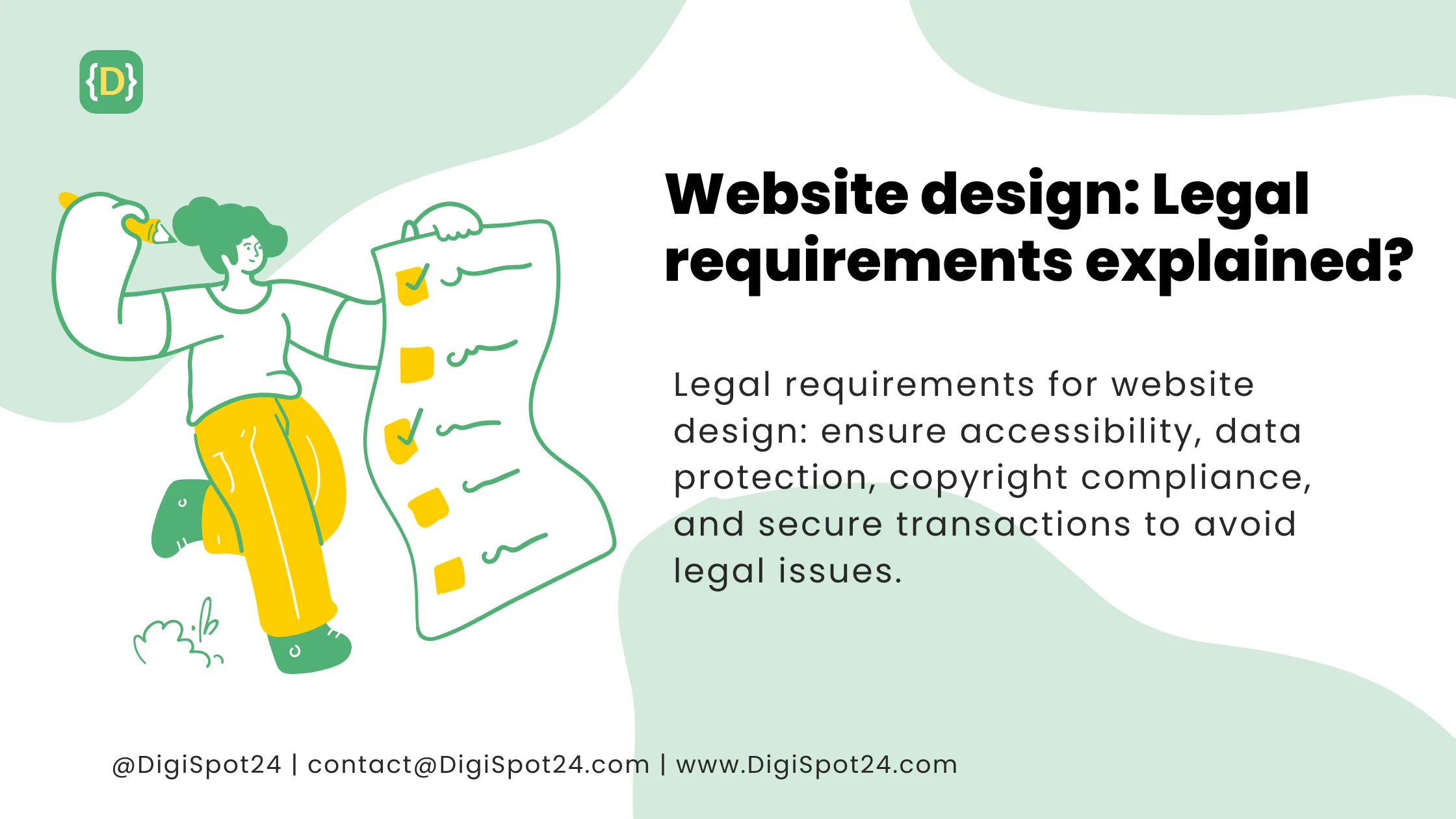Website Maintenance: How to Update & Manage
Website Maintenance is crucial for ensuring its smooth operation, security, and relevance. Effective website maintenance involves regular updates, backups, and monitoring. Here’s a comprehensive guide on how to manage and update your website with a high focus on website maintenance.
Why Website Maintenance Matters
Website maintenance is essential for several reasons. It ensures that your site runs smoothly, remains secure, and continues to provide value to your users. Regular website maintenance can prevent downtime, enhance user experience, and improve your site’s search engine rankings.
Website Maintenance : Key Aspects
- Regular Backups
Regular backups are a cornerstone of website maintenance. They ensure that you can restore your site to a previous state if something goes wrong. Use automated backup tools to schedule regular backups of your site’s content and database. - Security Updates
Keeping your website secure is a vital part of website maintenance. Regularly update your CMS, plugins, and themes to protect against vulnerabilities. Implement security measures like firewalls, SSL certificates, and regular malware scans. - Content Updates
Content is king, and updating it regularly is a crucial part of website maintenance. Fresh content not only keeps your audience engaged but also improves SEO. Schedule content reviews and updates to keep your information current and relevant. - SEO Optimization
SEO is an ongoing process, and it should be a part of your website maintenance routine. Regularly update meta tags, keywords, and alt texts. Conduct SEO audits to identify and fix issues that could impact your search engine rankings. - Plugin and Theme Updates
Plugins and themes need regular updates to function correctly and securely. Part of website maintenance is ensuring all components of your site are up-to-date. Check for updates frequently and apply them promptly. - Broken Link Checks
Broken links can harm user experience and SEO. Regularly check for and fix broken links as part of your website maintenance routine. Use tools like Google Search Console or dedicated link checkers to identify broken links. - Performance Optimization
Website performance directly impacts user experience. As part of website maintenance, monitor your site’s speed and performance. Optimize images, use caching, and minimize code to improve load times. - Mobile Responsiveness
Ensure your website is mobile-friendly. Regularly test your site on various devices and screen sizes. Mobile responsiveness is a critical aspect of website maintenance that can affect user experience and SEO. - User Experience (UX)
Regularly review your site’s design and functionality to enhance user experience. Website maintenance should include usability testing to identify and fix any issues that could hinder user interaction. - Analytics Monitoring
Regularly check your site’s analytics to understand user behavior and site performance. Use this data to make informed decisions about updates and improvements as part of your website maintenance plan.
Website Maintenance Steps
- Create a Maintenance Schedule
Develop a schedule for regular website maintenance tasks. Include daily, weekly, and monthly tasks to ensure all aspects of your site are covered. - Use Maintenance Tools
Utilize tools for backup, security, SEO, and performance monitoring. Tools like Google Analytics, Yoast SEO, and various CMS-specific plugins can streamline your website maintenance efforts. - Monitor Uptime
Use uptime monitoring tools to ensure your website is always available. Downtime can affect user trust and SEO, making uptime monitoring a crucial part of website maintenance. - Engage with Users
Regularly seek feedback from your users. Their insights can help you identify areas for improvement. User feedback is invaluable for effective website maintenance. - Stay Informed
Keep up with the latest trends and best practices in website maintenance. Join forums, read blogs, and attend webinars to stay informed and improve your website maintenance strategy.

Conclusion
Website maintenance is an ongoing process that requires attention to detail and regular updates. By prioritizing website maintenance, you can ensure your site remains secure, performs well, and provides a great user experience. Regularly back up your data, update your content, and optimize for SEO to keep your website running smoothly. Implement these website maintenance practices to manage and update your site effectively.
By focusing on website maintenance, you can prevent issues before they arise, ensuring a seamless experience for your visitors and maintaining your site’s integrity and performance.
Read Also
Website design: Legal requirements explained?
See Our Portfolio






